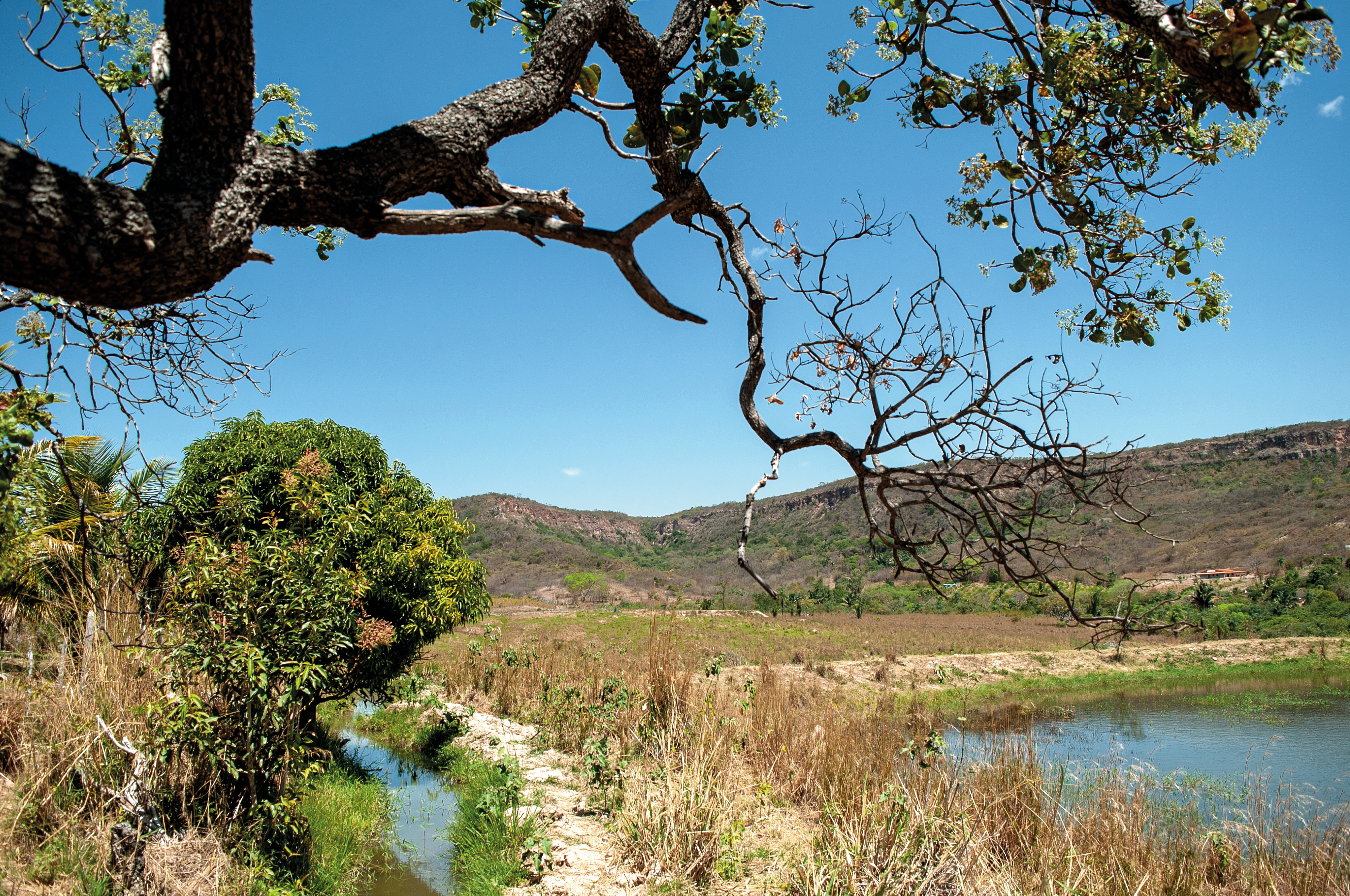
Monumento Natural SÍTIO CANA BRAVA

Dentre outras atrações, a região Sul do Ceará é conhecida pela riqueza geológica do período Cretáceo, com fósseis de 90 a 150 milhões de anos em excelente estado de conservação. Muitos desses fósseis se concentram no Monumento Natural Sítio Cana Brava, que abrange uma área de 18,15 ha no município de Santana do Cariri. A propriedade pertence à Universidade Regional do Cariri (URCA), onde é reconhecido o geossítio Parque dos Pterossauros, integrante do GeoPark Araripe. Atraindo a atenção da comunidade científica mundial, o Sítio Cana Brava possui os fósseis de aves mais antigos do continente americano. A Unidade foi criada pelo Decreto Estadual nº 28.506/2006. Além das escavações paleontológicas, os visitantes podem conhecer o Museu de Paleontologia da URCA, Dr. Plácido Cidade Nuvens, situado a 2,5 km dali. Os sítios geológicos e paleontológicos do Cariri integram um patrimônio de valor incomensurável que merece ser conhecido e amado pelas atuais e futuras gerações.
Acesse: Galeria de Fotos
Natural Monument “SÍTIO CANA BRAVA”
Among other attractions, the Southern region of Ceará is known for its geological richness from the Cretaceous period, with fossils ranging from 90 to 150 million years in excellent preservation. Many of these fossils are concentrated in the Natural Monument “Sítio Cana Brava,” covering an area of 18.15 hectares in the municipality of Santana do Cariri. The property belongs to the Regional University of Cariri (RUCA), where the geosite “Parque dos Pterossauros” is recognized, part of the Araripe Geopark. Drawing the attention of the global scientific community, Sítio Cana Brava has the oldest bird fossils in the Americas. The unit was created by State Decree No. 28,506/2006. In addition to paleontological excavations, visitors can explore the Paleontology Museum of URCA, Dr. Plácido Cidade Nuvens, located 2.5 km away. The geological and paleontological sites of Cariri constitute an immeasurable heritage that deserves to be known and cherished by current and future generations.
Access: Photo Gallery
